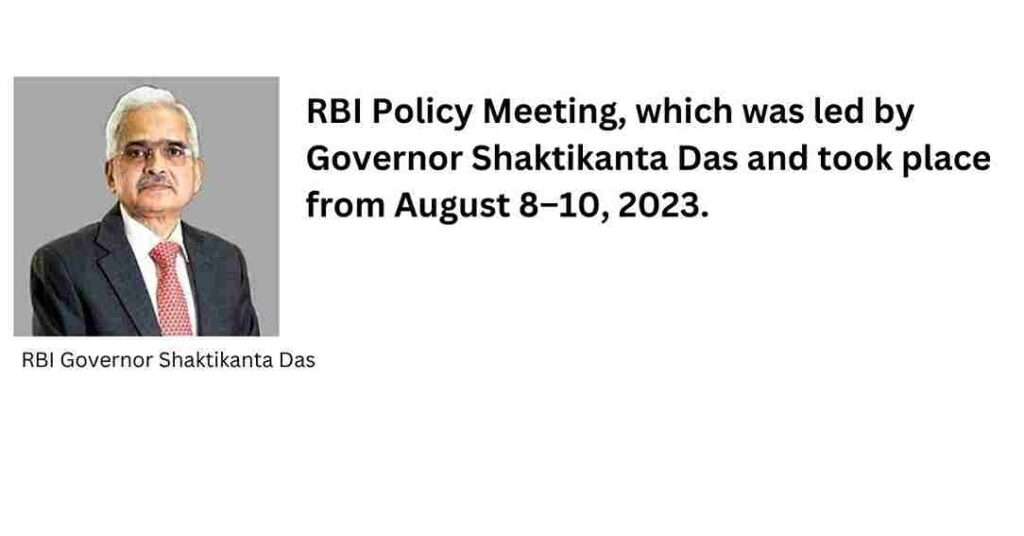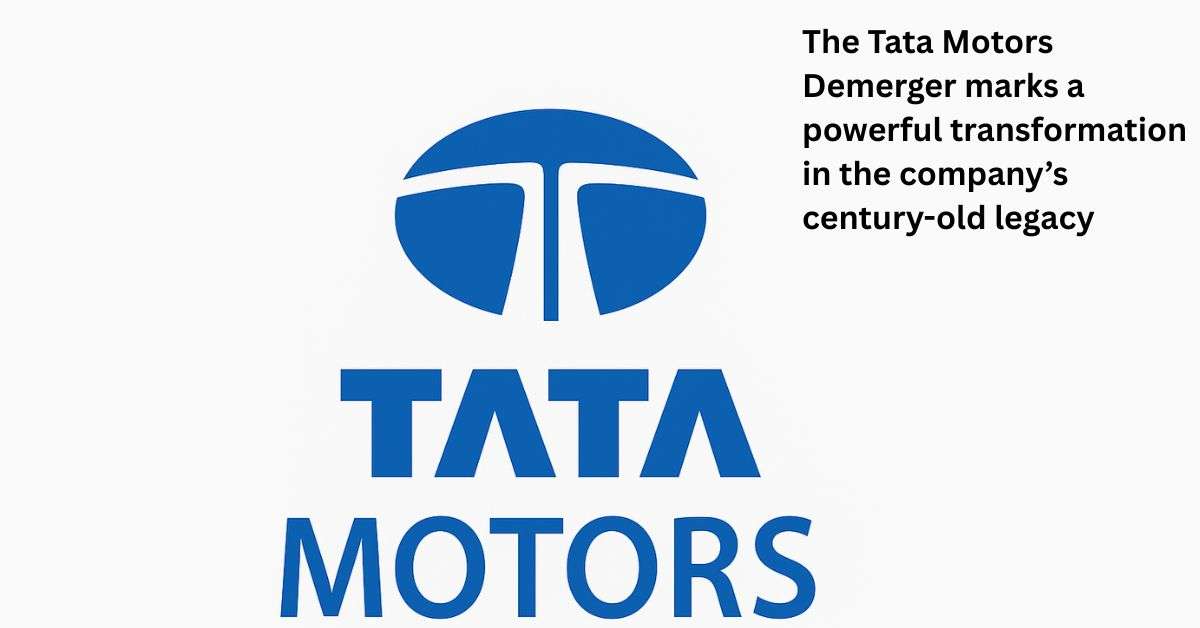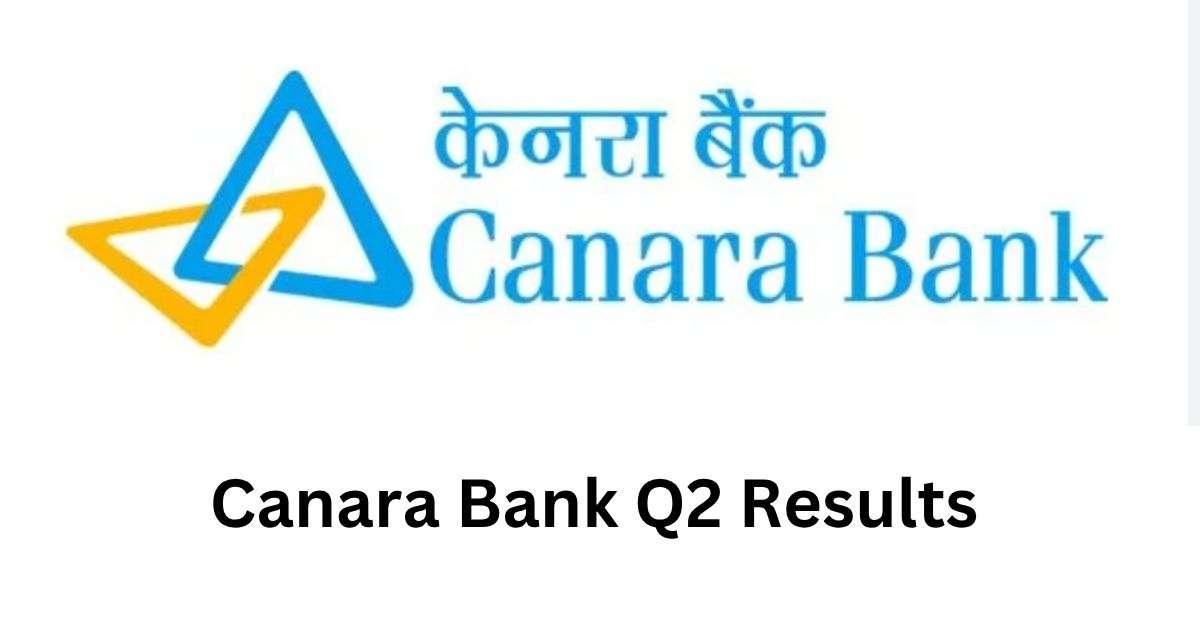A country’s economic development trajectory is shaped by the choices taken by central banks, which are of great importance in the dynamic global economy. Discussions and intense interest have resulted from the latest RBI (Reserve Bank of India) RBI Policy Meeting, which was led by Governor Shaktikanta Das and took place from August 8–10, 2023. With a keen eye on inflation, the RBI has plotted its path with a clear emphasis on sustaining financial stability and fostering development.

A Synopsis of the Monetary RBI Policy Meeting
With regard to interest rates, the RBI has been consistent in its recent policy positions. During its most recent meeting, the Monetary Policy Committee (MPC) unanimously decided to maintain the repo rate at 6.5%, carrying on a run of stable rates that crossed many policy cycles. This move demonstrates the central bank’s cautious approach to managing inflation, in contrast to the 250 basis point (bps) hikes in repo rates that have occurred since May 2022.
Principal Learnings from the RBI Policy Meeting on Interest Rates Maintain Stable Repo Rate Unaltered: An essential instrument for limiting borrowing costs is the repo rate, which stays fixed at 6.5%.
SDF and MSF Rates: The bank rate and the Standing Deposit Facility (SDF) rate are both kept at 6.75%, while the MSF rate is kept at 6.25%.
CRR Sustaining: At 4.5%, banks are required to retain a certain proportion of their deposits as cash, known as the Cash Reserve Ratio (CRR).
Growth Estimates
Fiscal Year 224 Real GDP Inflation: The 6.5% real GDP growth forecast for the fiscal year 2023–2024 does not change.
Quarterly Forecasts: The following GDP growth projections are provided for the various quarters of FY24:
FY24 Q1: 8%
FY24 Q2: 6.5%
FY24 Q3: 6%
FY24 Q4: 5.7%
Recap of Q1FY25: 6.6% GDP growth is the forecast for the first quarter of FY25.
Taking Care of Inflation
Forecasts for Inflation Increased: The Consumer Price Index (CPI) inflation projection for FY24 has increased from 5.1% to 5.4%.
Quarterly Inflation Forecasts: The following are the anticipated rates of inflation for the several quarters of FY24:
5.2% in Q2FY24, increased to 6.2%.
5.7% in Q3FY24 (up from 5.4%)
5.2% (same as in Q4FY24) April–June 2024 The CPI inflation rate for this time frame is set at 5.2%.
The Incremental Cash Reserve Ratio (I-CRR) is a measure of liquidity. Between May 19, 2023, and July 28, 2023, scheduled banks must maintain an I-CRR of 10% on the rise in their net demand and time liabilities.
Changes to the IDF Framework
The Infrastructure Debt Fund (IDF) regulatory framework has seen notable modifications, such as the elimination of the need for IDF sponsors and the inclusion of finance for toll-operate-transfer (ToT) projects. Tripartite agreements are optional for Public-Private Partnership (PPP) projects, and IDFs are now allowed to borrow money via External Commercial Borrowings (ECBs).
Transparent Structure for Loans with Floating Interest Rates
In an effort to provide consumers transparency and equity, a clear mechanism for resetting interest rates on floating-interest loans has been proposed.
Adapting to Technological Developments
Conversational Payments on UPI: To improve user experience, the RBI plans to introduce Conversational Payments on the Unified Payments Interface (UPI) platform.
Enhanced Transaction Limit: UPI Lite’s transaction limit has increased from ₹200 to ₹500.
Near Field Communication (NFC) technology to be used for offline payments: The RBI intends to use NFC technology for offline payments in order to expedite transactions and increase convenience.
IDBI Bank’s MD and CEO, Suresh Khatanha
According to Khatanhar, the RBI Policy Meeting’s decision to keep the repo rate in place is in line with current inflation patterns and portends a beneficial development for interest rates. It is doubtful that the decision to raise additional CRR would impair the system’s overall liquidity since its goal is to manage liquidity.
RBL Bank’s Achala Jethmalani is an economist.
According to Jethmalani, the RBI Policy Meeting’s decision represents a “hawkish pause,” highlighting the significance of inflation projections and the possibility of future interest rate changes in response to price shocks.
Market Activity Following the RBI Decision
The RBI Policy Meeting stance caused swings in the domestic equities market. Market indexes like Sensex and Nifty continued losses, despite initial short buoyancy in sectors like banking, automobiles, and real estate.
To sum up, the RBI’s monetary RBI Policy Meeting demonstrates its dedication to achieving a careful balance between regulating inflation and promoting economic development. It shows a cautious yet forward-looking attitude to maintain the repo rate while making modest modifications to projections for inflation and liquidity. These policy initiatives are crucial in determining India’s financial environment as it makes its way through its economic transformation.
Why is the repo rate significant, and what does it mean?
The rate at which the central bank provides credit to commercial banks is known as the repo rate. It has a significant impact on borrowing costs, the implementation of monetary RBI Policy Meeting, and economic activity as a whole.
How is inflation controlled by the RBI?
The Reserve Bank of India (RBI) uses a number of instruments to control inflation, such as changing interest rates, reserve ratios, and open market operations to regulate the supply and demand of money.
Conversational Payments on UPI: What Is It?
In order to improve user engagement and convenience, Conversational Payments on UPI leverage natural language interactions to start and finish transactions over the Unified Payments Interface.
Why is the I-CRR requirement for banks important?
In order to preserve financial stability and effectively manage liquidity, banks are required to keep a part of their deposits as reserves under the Incremental Cash Reserve Ratio (I-CRR) requirement.
What effects do adjustments to inflation estimates have on the economy?
Variations in inflation projections impact borrowing costs, investment choices, and the state of the economy as a whole. They also provide insights into prospective changes in interest rates and monetary policy.
Open Your Demat Account with Discount Brokers:
ZERODHA 1) : https://zerodha.com/open-account?c=EJ4366
Angelone 2) : https://tinyurl.com/2gloc3g6 or Upstox
3): https://link.upstox.com/9w4tNo1rK8au7VK47








